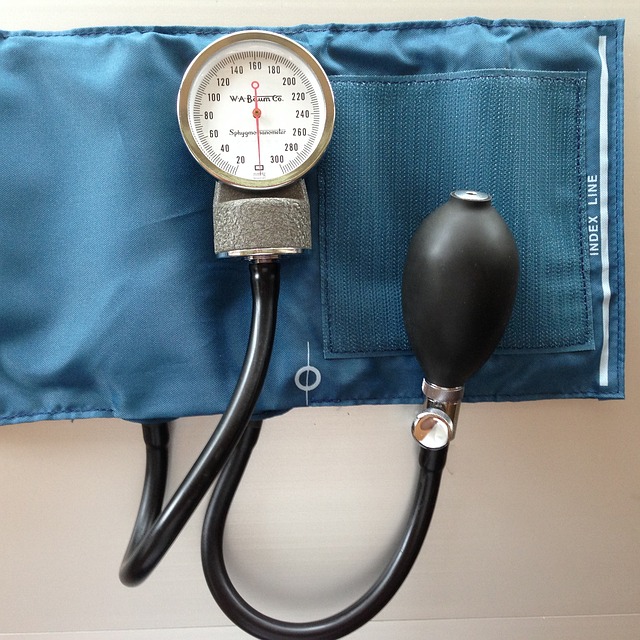Iron deficiency anemia, caused by low iron intake or bleeding, can lead to severe oxygen deprivation if untreated. The Standard Thyroid Blood Test in the UK is a crucial early detection tool, measuring ferritin (iron storage protein) and thyroid hormones T3, T4, and TSH. Low ferritin (<20-30 mcg/L) indicates iron deficiency, while hemoglobin below 12 g/dL for women or 13 g/dL for men suggests anemia. These results, coupled with symptoms and health history, guide doctors in deciding further investigations.
Detecting iron deficiency anemia starts with understanding its impact on the body. This common yet serious condition arises from low iron levels, leading to fatigue, weakness, and decreased immunity. While symptoms can be revealing, a reliable diagnosis often requires a Standard Thyroid Blood Test (STBT) in the UK, which measures ferritin, hemoglobin, and other key markers. This article explores the role of STBT in identifying anemia, interpreting test results, and clarifying what ‘the numbers’ actually mean for your health.
- Understanding Iron Deficiency Anemia and its Symptoms
- The Role of Standard Thyroid Blood Tests in Diagnosis
- Interpreting Results: What Do the Numbers Mean?
Understanding Iron Deficiency Anemia and its Symptoms
Iron deficiency anemia is a common blood disorder where the body lacks enough healthy red blood cells, leading to poor oxygen delivery to vital organs and tissues. It is primarily caused by inadequate iron intake or loss of iron through bleeding. Symptoms may include fatigue, weakness, pale skin, shortness of breath, dizziness, headaches, and cold hands. If left untreated, it can cause serious health complications.
A standard thyroid blood test in the UK often includes measures for ferritin, a protein that stores iron in the body. Low ferritin levels can indicate iron deficiency anemia. This simple test is a crucial initial step in diagnosing and managing the condition. Other symptoms may prompt further investigations, such as a complete blood count (CBC), to assess red blood cell counts and identify abnormal cells. Early detection through these routine checks is vital in preventing severe health impacts.
The Role of Standard Thyroid Blood Tests in Diagnosis
In the UK, the standard thyroid blood test plays a pivotal role in diagnosing iron deficiency anaemia and other thyroid-related conditions. This test measures the levels of key hormones produced by the thyroid gland, providing valuable insights into its function. Typically, healthcare professionals order this test when anaemia is suspected, as low thyroid hormone levels can contribute to a decreased red blood cell production, a characteristic feature of iron deficiency anaemia.
The standard thyroid blood test in the UK usually includes assessments of T3, T4, and TSH hormones. These hormones regulate metabolism and, consequently, play a crucial part in ensuring adequate red blood cell formation. If the test results indicate abnormal hormone levels, it can help pinpoint thyroid disorders, including hypothyroidism, which is associated with iron deficiency anaemia. Early diagnosis through these standard tests enables effective treatment, such as hormonal replacement therapy or addressing underlying iron deficiencies, thereby improving overall health outcomes.
Interpreting Results: What Do the Numbers Mean?
When interpreting the results of your blood test for iron deficiency anemia, understanding what each number represents is key. The most common test in the UK is the standard thyroid blood test, which measures several markers to assess your overall iron levels and potential anemia. A low ferritin level, for instance, indicates a lack of stored iron, while reduced hemoglobin (Hb) or hematocrit (Hct) values suggest fewer healthy red blood cells, often a sign of anemia.
The reference ranges for these results can vary slightly between labs, but generally, ferritin levels below 20-30 micrograms per liter (mcg/L) are considered low and may indicate iron deficiency. Hemoglobin levels below 12 g/dL in women or 13 g/dL in men could suggest anemia. Your doctor will interpret these results in the context of your symptoms, medical history, and overall health to determine if further investigation is needed.
Iron deficiency anaemia is a common but treatable condition, and the standard thyroid blood test in the UK can play a pivotal role in its early detection. By understanding the symptoms and interpreting the results accurately, individuals can take proactive steps to manage their health. This simple yet effective approach allows for timely intervention, ensuring better overall well-being. Remember, awareness is key; if you suspect any anaemia, consult a healthcare professional who can guide you with the appropriate tests and treatments.
